Could this be a flower spike?
HU-45580804
last year
Related Stories
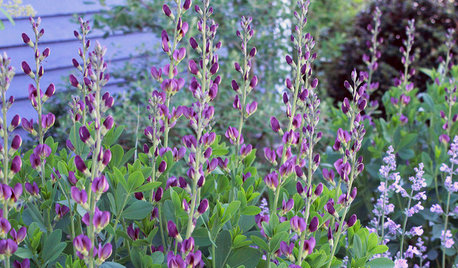
GARDENING GUIDESFlower Spikes Nail Impact in Summer Gardens
Get to the point in your landscape with spiky flowers and plants that create excitement and drama
Full Story
FLOWERSKeep Your Garden on Point With Spikes of Purple
Tall purple blooms bridge color gaps, contrast round flower forms and make for intriguing masses in the landscape
Full Story
GARDENING FOR BUTTERFLIESGreat Design Plant: Red Yucca Spikes Dry Spots With Color
Neither heat nor cold nor lack of water fazes this flowering succulent, which adds spiky texture to Southwestern landscapes
Full Story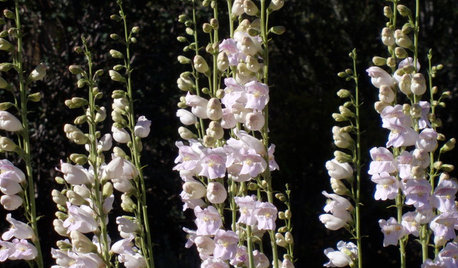
FLOWERS AND PLANTSInvite Hummingbirds and Native Bees With These Spiky Pink Flowers
Plant Palmer’s penstemon, or Penstemon palmeri, in the western U.S. for fragrant spring and summer blossoms
Full Story
FALL GARDENING9 Deer-Resistant Flowering Shrubs to Plant This Fall
These exquisite shrubs will attract your attention but won’t tempt the deer that roam your neighborhood at night
Full Story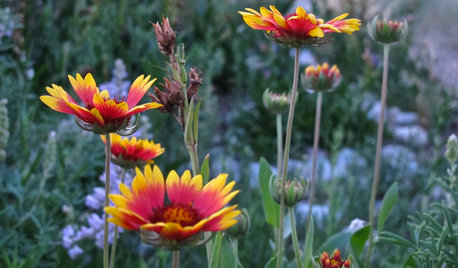
FALL GARDENING10 Top Flowering Native Plants for Beauty and Wildlife Benefit
Consider these easy-care varieties for good looks, seasonal interest and more
Full Story
ENTERTAININGEye-Catching Centerpieces Beyond Flowers and Fruit
Use your imagination to create a tableau that reflects your surroundings, creates dramatic tension or elicits surprise
Full Story
LIFEThis Weekend: See Art, Buy Flowers and Keep the Oven Off
Get ideas for staying cool, getting organized and beautifying your life
Full Story
MOST POPULARHow to Design a Colorful Flower Bed
Fall planting: Delight the eye through 3 seasons with bright flowers placed just right. Late summer is the time to plan
Full Story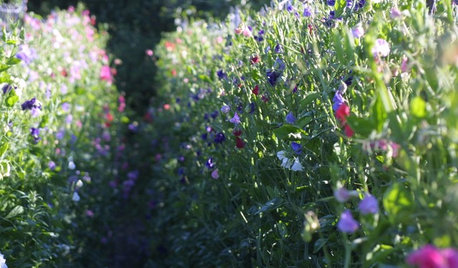
GARDENING 101How to Start a Cut Flower Garden for Beautiful Bouquets All Year
Flower farmer Erin Benzakein shows us how to grow fresh seasonal flowers the most satisfying way: by seed
Full Story


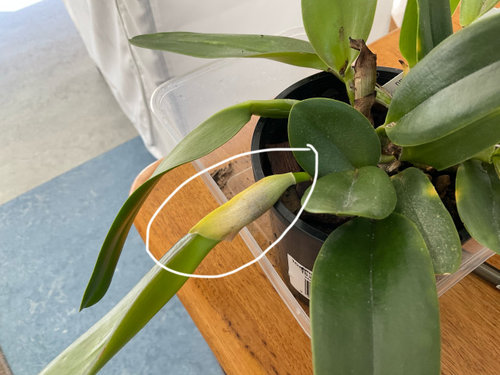
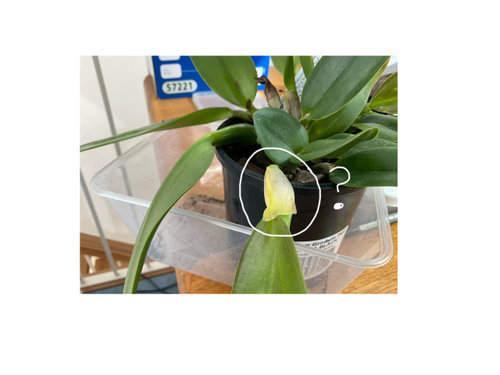
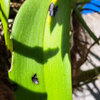


Billsc
getgoing100_7b_nj
Related Discussions
could this be a flowering spike?
Q
Vriesea ID please
Q
Blue Pride of Madeira (no purple tint in flower spikes)
Q
winter care
Q
jane__ny
Billsc
HU-45580804Original Author
Billsc
HU-45580804Original Author